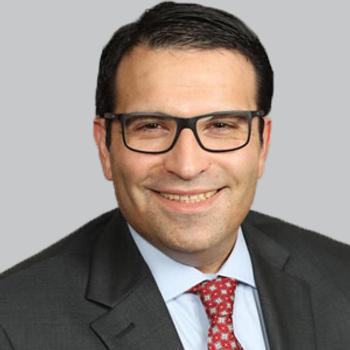
Identifying Unmet Needs in Spinal Muscular Atrophy: Yung Chyung, MD
The chief medical officer of Scholar Rock discussed the greatest areas of concern for patients with SMA and why most of these issues exist in the diagnostic stage.
"Given that most patients are already suffering from substantial motor function deficits at the time of diagnosis, there’s a big need here to address this challenge. Even for patients who started SMN therapies earlier in life, the treatments appear to be far from curative.”
Scholar Rock’s apitegromab, a muscle-directed therapy designed to work as a complimentary piece to upregulated previously approved treatments for patients with spinal muscular atrophy (SMA), could represent a unique and alternative approach to treating the disease. The therapy demonstrated proof-of-concept in treating ambulatory SMA type 2, ambulatory SMA type 3, and nonambulatory SMA type 3 in the recently concluded phase 2 TOPAZ clinical trial (NCT03921528).
While the advent of SMN upregulated therapies has revolutionized the way patients with SMA are treated, there still remains a number of unmet needs. In particular, those who are treated late or who have missed the “window” of treatment optimization and may not receive the same benefits from these therapies compared to those treated with earlier intervention. Yung Chyung, MD, chief medical officer, Scholar Rock, told NeurologyLive that the SMA treatment landscape is lacking an alternative complementary therapy like apitegromab.
Listen to Chyung’s comments on the current unmet needs for patients within the SMA community, the importance for earlier diagnosis, and why all patient populations, including those who’ve missed early intervention, should be accounted for when creating therapeutic options.
Newsletter
Keep your finger on the pulse of neurology—subscribe to NeurologyLive for expert interviews, new data, and breakthrough treatment updates.


































